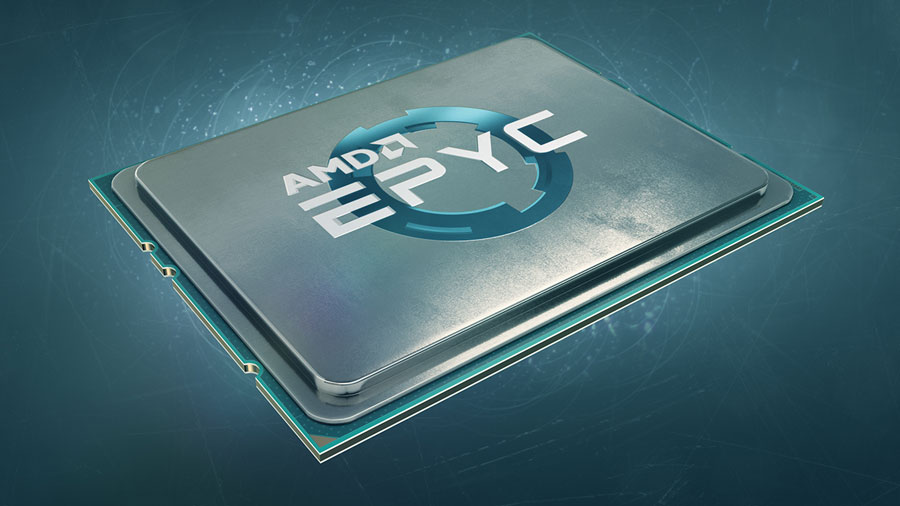High-Performance Computing Solutions Enable American Formula One Team to Compete at Pinnacle of Motorsports
Global supercomputer leader Cray Inc. today announced a working relationship with Haas F1 Team in the FIA Formula One World Championship. The third-year American team will use the computational capacity of a Cray® CS500™ cluster supercomputer, which uses AMD EPYC™ 7000 processors to handle its large computational fluid dynamics (CFD) simulations beginning with the 2019 season.
With Cray, Haas F1 Team can efficiently perform CFD analysis to more accurately run wind tunnel tests, predict and reduce drag, and improve aerodynamics. The organization chose Cray for its performance and its scale-up capability.
“Every year we’re tasked with building the fastest and most efficient race car in the most technologically advanced racing series in the world,” said Gary Foote, Chief Information Officer, Haas F1 Team. “We’re pleased to partner with Cray and utilize their HPC solutions. The double precision computing power of our new system will help solve our most demanding CFD and data challenges.”
With racing being one of the most technology-empowered and adrenaline-heavy sports in the world, it is critical that Formula One teams are equipped with an infrastructure that allows them to develop state-of-the-art race cars. Haas F1 Team performs detailed aerodynamic analysis, which must be continuously updated in order to remain competitive. By using the reliable and efficient Cray and AMD EPYC processor-based system, Haas F1 Team can maximize the benefits of its CFD analysis within the imposed limits of the FIA.
The Cray CS500 supercomputer, equipped with a Cray® ClusterStor™ L300 storage system and AMD EPYC processors, is planned for delivery to Haas F1 in December 2018. The combination of the system’s design and ability to handle the most demanding simulation and analytics workloads and the high-performance computing expertise of Cray helps the Haas F1 team optimize aerodynamics and more accurately predict and reduce drag, downforce and flow patterns around its race cars.
